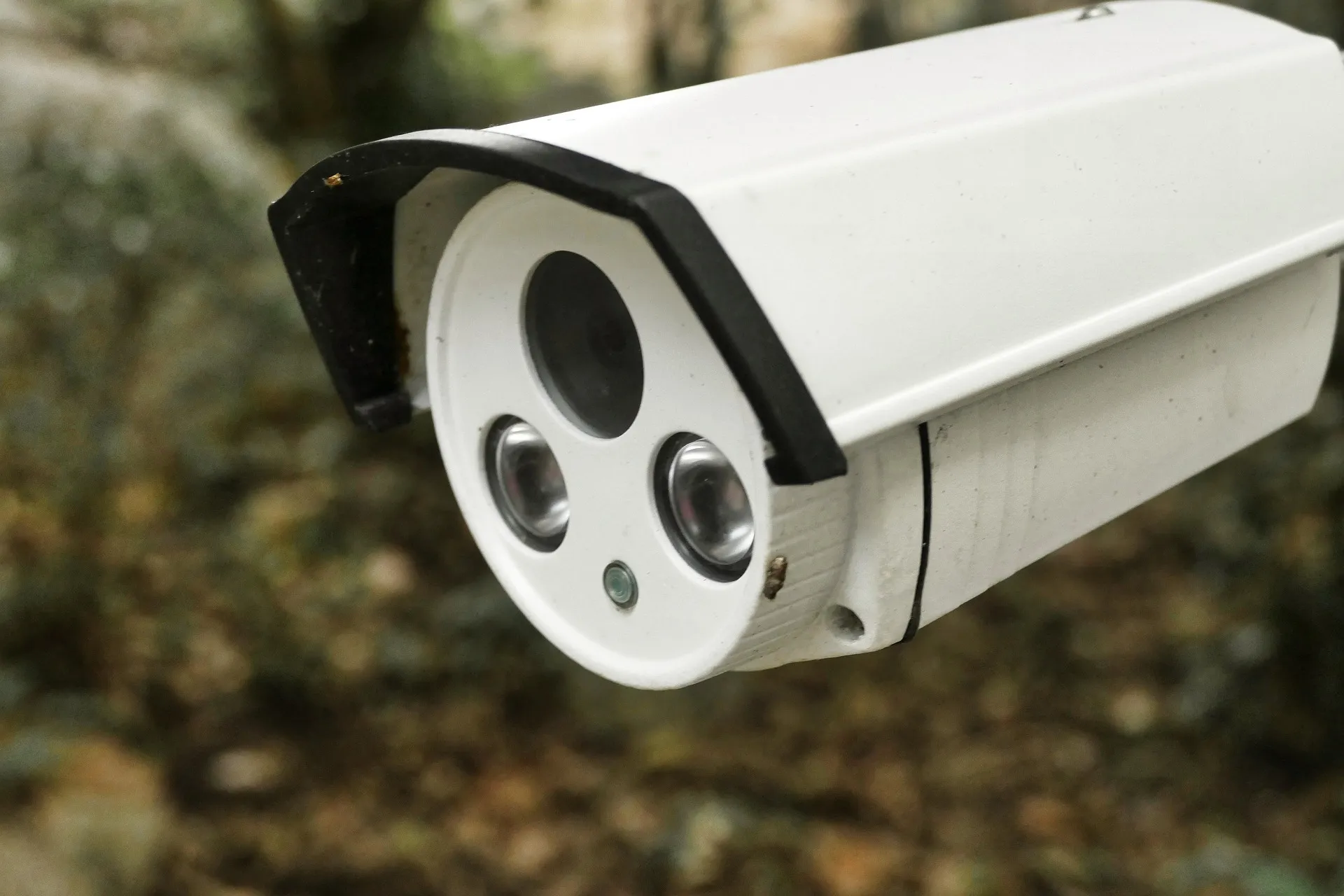How to Seamlessly Integrate Surveillance Systems with Communication Tools

Bringing surveillance and communications together in a cohesive way sounds like a big ask. And while it's certainly a process that will have its fair share of challenges, the alternative is leaving your organization exposed to the risks that come with inefficient security measures.
With that in mind, here's a runthrough of the steps involved in integrating such tools and tech, and the considerations you have to keep in mind as you do this.
Exploring ONVIF Standards for Seamless Integration
ONVIF standards were established to ensure interoperability among security devices, and the protocols covered by them enable seamless integration of otherwise disparate systems and devices.
Key Elements of ONVIF Standards
There are various profiles at play in this context, each with a specific role relating to ramping up interoperability in physical security setups. Here are a few of the main ones you need to know about:
- Profile S: Primarily supports streaming video over IP. It ensures your cameras can transmit video streams efficiently within your communication platform.
- Profile G: Focuses on recording and storage management. This helps in retrieving footage directly through integrated software.
- Profile T: Enhances support for advanced video analytics and high-definition imaging, which is crucial for modern surveillance needs.
Practical Benefits
There are plenty of perks that come with embracing ONVIF standards. These include:
- Device Compatibility: Mix-and-match devices from different manufacturers without hassle, reducing dependence on individual vendors.
- Streamlined Operations: Unified systems simplify monitoring tasks by consolidating data sources into one interface.
- Cost-Efficiency: Avoid unnecessary upgrades since older hardware often remains compatible with newer platforms due to standard adherence.
There's a lot to take in here, and even if you know about interoperability standards, you still need to get specialists involved to ensure your setup makes the most of them. That's where working with experts in business security systems like Mammoth Security Inc. is a smart move, as they can handle the intricacies of cross-device compatibility while you reap the benefits.
Optimizing Bandwidth for Real-Time Video Feeds in High-Traffic Networks
Managing real-time video feeds on a high-traffic network can feel like trying to squeeze an elephant through a doorway. However, optimizing bandwidth makes it possible without compromising quality or performance.
Techniques for Efficient Bandwidth Usage
There are quite a few ways to wring maximum performance out of your network while still supporting high quality surveillance coverage. Here are a handful of optimization examples:
- Adaptive Bitrate Streaming (ABR): Dynamically adjusts the video quality based on network conditions. This ensures smooth streaming even when bandwidth fluctuates.
- Video Compression Standards: Employing H.265 over H.264 can cut your required bandwidth almost in half while maintaining comparable image quality.
- Multicast vs Unicast: Using multicast transmissions allows sending a single stream to multiple recipients, significantly saving on data usage compared to unicast methods.
Implementation Strategies
In order to roll out your chosen route to bandwidth optimization, consider the following:
- Network Segmentation: Isolate surveillance traffic from other types of data using VLANs, preventing congestion and ensuring prioritized delivery.
- QoS Policies: Implement Quality of Service rules to prioritize critical surveillance streams over less essential traffic.
- Edge Processing: Utilize edge computing devices to perform initial data processing close to the camera source, reducing the need for constant high-bandwidth transmission back to central servers.
These techniques ensure that your system operates smoothly even under heavy load, allowing you peace of mind knowing every angle is covered efficiently.
Integrating IoT Devices with Surveillance and Communication Platforms
Bringing IoT devices to bear on physical security can enhance the synergy between surveillance and communication platforms, making them smarter and more responsive. Indeed there's already a $20.9 billion market built around defending these connected devices themselves, and it's growing 23% year-on-year, so is clearly proving valuable in a variety of contexts – from smart homes to business security.
Advantages of IoT Integration
The upsides of blending IoT hardware with security software and other related devices include:
- Enhanced Situational Awareness: IoT sensors provide additional data points like temperature, motion, and sound that enrich video feeds.
- Automated Responses: Triggers from IoT devices can prompt immediate actions within the communication platform, like alerting security personnel or locking doors.
- Predictive Maintenance: Sensors monitor device health in real-time, reducing downtime by predicting failures before they occur.
Steps for Successful Integration
It's not always straightforward to add IoT to the security mix, so here are some ways to ensure this doesn't create more problems than it solves:
- Unified API Frameworks: Utilize common APIs to ensure seamless communication between different types of devices. This standardizes data exchange processes.
- Data Aggregation Platforms: Employ centralized hubs that collect and process data from multiple sources. This allows comprehensive analysis without overloading individual systems.
- Scalability Planning: Design your network architecture to accommodate future growth in connected devices without significant overhauls.
Integrating these elements ensures that your surveillance system becomes not only a reactive tool but also a proactive component in maintaining security and operational efficiency.
Final Thoughts
Since every surveillance system and on-site security setup is unique, you will have to adapt your approach so that it's bespoke, rather than blindly following the steps we've outlined here. However, with ambition and elbow grease, getting to a point where your premises are protected in a seamless way will happen sooner than you'd think.